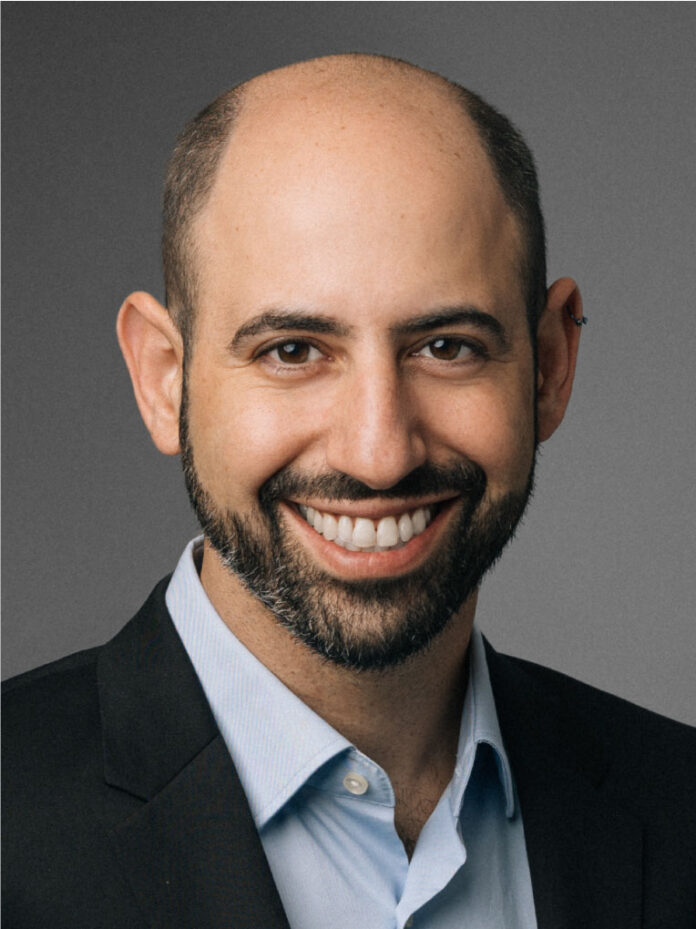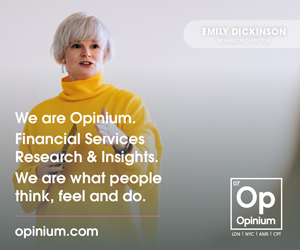Run DMC and Aerosmith, Mariah Carey and Boyz II Men, Queen and David Bowie. The music world is a great place to seek out commercial evidence of the financial value that exists in collaborations.
In the world of financial services, partnership case studies can be harder to spot, with the larger entity often featuring more prominently in the news headlines.
But, with the world’s regulators now becoming increasingly accommodative to digital asset innovation, Global Systemically Important Financial Institutions (G-SIFIs) are making big decisions on which artists should build their next infrastructure release.
Fireblocks has been one of the regularly cited names in infrastructure partnership announcements by licenced banks as its solutions gained trust and credibility.
It was named as the partner of choice for Avaloq’s digital asset platform integration with Zurcher Kantonalbank, for Sygnum Bank’s deal with Deribit, and as a lead partner on various projects with BNP Paribas Securities Services.
“Our goal has always been to be the infrastructure that connects banks to the world of digital assets,” explains Ran Goldi, vice president (payments) at Fireblocks. “Fiat companies are trying to understand how the new technology works.”
But it’s the company’s work in stablecoins which have really captured the imagination in traditional financial services.
“Stablecoins solve problems and have a product market fit,” Goldi said. “Last year, we moved around $4 trillion [in volume] and around half of that was stablecoin.”
To put that into context, American Century Investments wrote in May that the global supply of stablecoins increased by 63% between February 2024 and February 2025, facilitating over $35 trillion in transfers.
Also at the end of May, The Wall Street Journal reported that entities owned by Bank of America, Citi and JP Morgan were already in early discussions to form a consortium to launch a stablecoin.
This followed Circle’s seismic announcement at the end of April that it had been working with Deutsche Bank, Santander, Societe Generale and Standard Chartered to establish a new cross border payment network that connects traditional banking with digital wallets. The Circle Payments Network enables real-time settlement of cross-border payments using USDC, EURC,and other regulated stablecoins.
While co-operative developments in stablecoins have been steadily increasing over the past five years, recent regulatory changes in a host of jurisdictions have acted as a catalyst for traditional banks and investment houses, Goldi explains.
“The industry has changed a lot,” he said. “Banks won’t do anything unless they are explicitly told that they are allowed – and they weren’t allowed until 2024. Then, in Europe, MiCA changed all that.”
For those who’ve perhaps missed a chapter, MiCA – the European Markets in Crypto-Assets (MiCA) regulation changed banks’ willingness to embrace digital asset infrastructure and offer crypto-related products.
It gave clear guidance for banks considering crypto custody and tokenisation and triggered a wave of publicly stated interest in stablecoin issuance and blockchain-based settlements.
The rules also covered consumer protection, compliance and established uniform licensing requirements across the EU, meaning banks could partner with digital asset providers without facing the horrors of fragmented regulations at a national level.
MiCA has also led to dozens of institutions embracing digital bonds for the first time.
But Goldi said there was a second moment which has added urgency to the banks and legacy finance institutions embracing partnerships with digital asset specialists – Trump.
“Trump getting elected was a watershed moment,” he said. “All of the banks said this was going to change their view and they came to us saying ‘we understand stablecoins are a thing’.
“Up until 2025, those organisations that were happy to be involved in digital assets typically had an evangelist in house. Now, the banks are approaching this very differently. We have crossed the chasm and we are seeing mainstream adoption.”
Speaking to Capital Pioneer at Money 20/20 Asia in Bangkok, Goldi was clearly on a high, having just stepped off a stage where banks from around the world (Amina Bank, Deutsche Bank, Standard Chartered, etc) were keen to who their support for the stablecoin revolution.
However, he was keen to note that further regulatory development was still necessary for traditional financial institutions to truly prosper.
“In the US, we still need the SEC to change some laws and in Europe, we also need some adjustment,” he said.
Goldi was also keen to emphasise that the current rush for banks to be involved in stablecoins needs careful strategic consideration, at leadership level, in order to determine the type of partner they may need.
“Every bank in the world should not be issuing stablecoins. Banks should start by digitalising their deposits. Once that runs on a programmable infrastructure, they can do more things.
“What you will likely see over the next decade is banks tokenising their own deposits. Between the banks, they will have to use stablecoins.”
As a stablecoin advocate, Goldi believes that banks will ultimately use stablecoins for interbank transactions, but this is, of course, not guaranteed and certainly not within that 10 year timeframe.
While major banks are indeed piloting tokenised deposits and programmable money for cross border payments and central banks are exploring tokenised financial infrastructure, it is still relatively early days.
Regulatory fragmentation, ancient legacy banking systems, corporate risk aversion and competing models from Central Bank Digital Currencies could put the brakes on any 10 year transformation.
But, the one thing that may ultimately make stablecoin adoption happen quicker is the tantalising prospect of cost savings and efficiencies through 24/7 settlement, faster cross border payments and smart contract automation.
Both Deutsche Bank and Standard Chartered have now spoken, at length, in public forums about the commercial possibilities that exist from embracing stablecoins.
The latter has also been keen on public announcements governing its strategy on stablecoin partnerships. These include its widely known collaboration with Zodia Markets (an entity in which it owns a majority stake) to explore stablecoin applications for cross border FX payments.
This year’s Money 20/20 Asia served as the platform for Deutsche Bank and Standard Chartered to give a glimpse on some of the stablecoin projects they’ve been working on.
Speaking in Bangkok, Deutsche’s Kriti Jain, a managing director at the bank, said the business had “come a long way in educating internally” on the potential that exists from stablecoins and in digital assets more broadly.
“A lot of traditional bankers appreciate that this is the future,” she said, adding that payment methods using stablecoins can “give more transparency than traditional payments” when applied correctly.
Jain said that the bank has now set up a series of stakeholder working groups to evaluate how stable reserve coins are stored, how digital assets should best be managed and to understand the necessary regulatory frameworks within jurisdictions and the related regulatory oversight required.
“These areas are important for us,” she said. “We are already seeing the integration of stablecoins happening. How do the regulators see it?
“For us, it means building the expertise, ensuring the rails are there and that the technology is there. But that’s easy. What is really important is the interaction with the regulators – getting the right risk appetite to enable our partners, and the bank. We need to work together to make this infrastructure real.”
Her sentiments were echoed by Standard Chartered’s head of digital assets portfolio and governance, Danielle Szetho, who said that the noticeable commercial appetite for digital assets among customers in the bank’s venture capital arm have changed how the bank thinks.
“We have chosen to focus on crypto assets, and recently on stablecoins, because we have seen first-hand through Ventures the level of adoption we are seeing.
“When we are building products and services…. We have a compliance team within the organisation now that is favoured to say yes rather than a straight no,” she said.
So, as traditional financial institutions navigate this new era of digital asset innovation, the parallels to music’s greatest collaborations become clear. Success hinges on harmony, trust, and the ability to create something greater than the sum of its parts.
Stablecoin partnerships are no longer just experimental; they are the foundation of financial interoperability, enabling seamless cross-border payments, liquidity efficiencies, and institutional trust in tokenised money.
As G-SIFIs shape the future of finance, the firms they choose to work with will define the industry’s next blockbuster release — one that resonates far beyond headlines and into the fabric of global transactions. The encore awaits.



